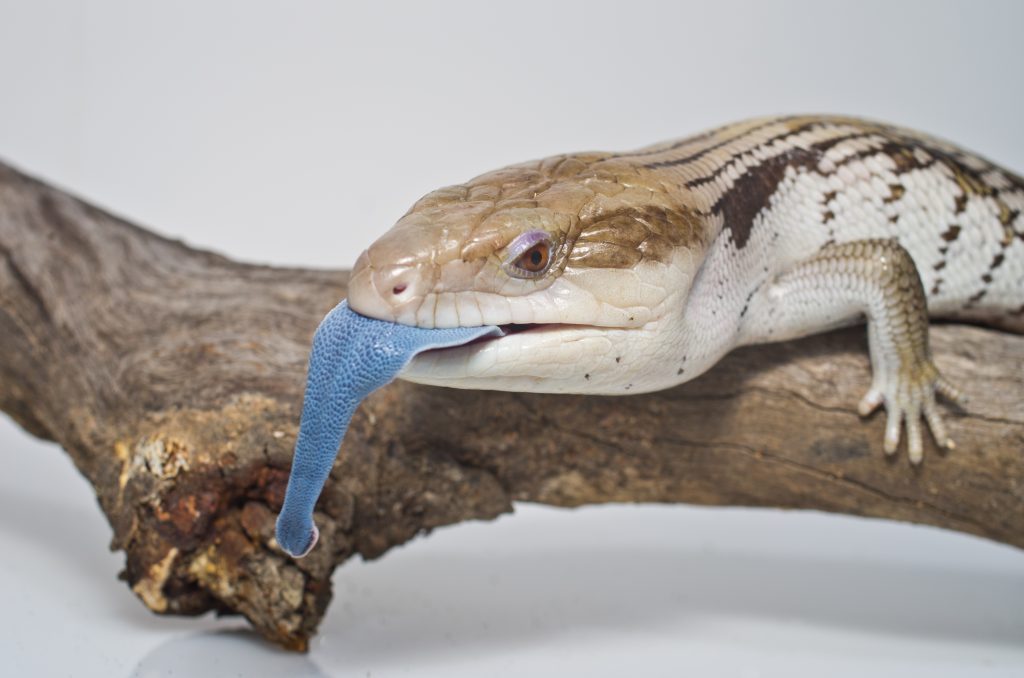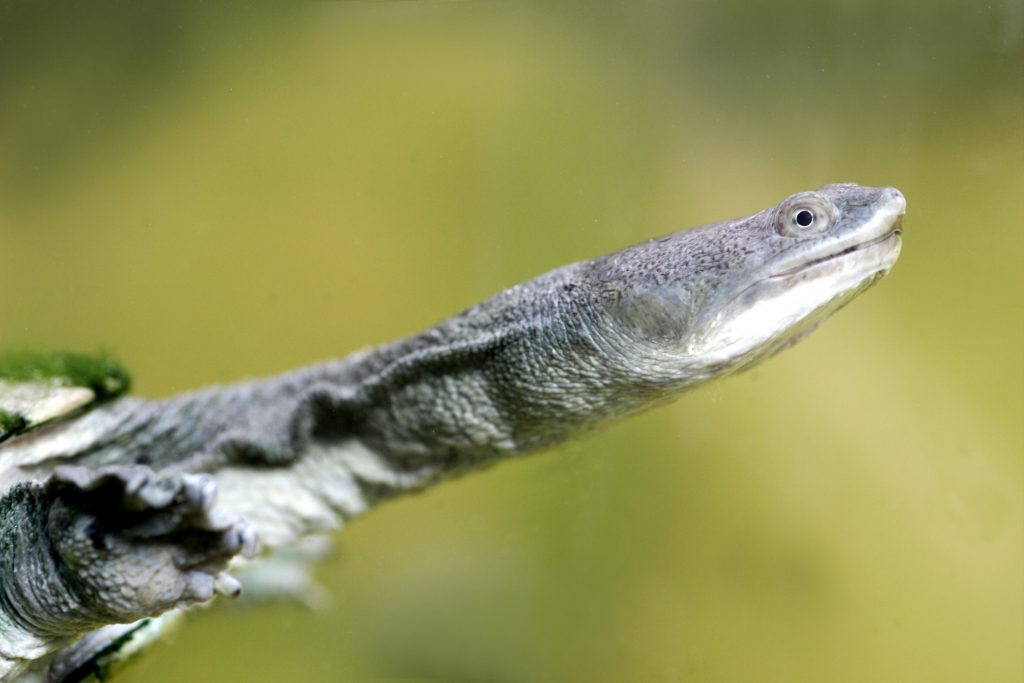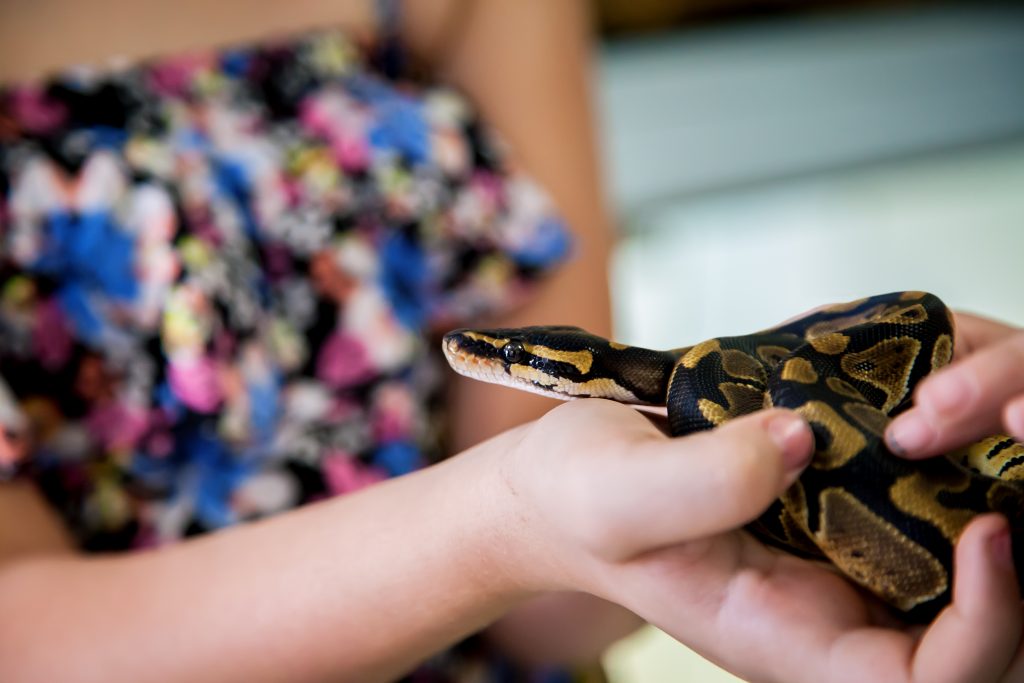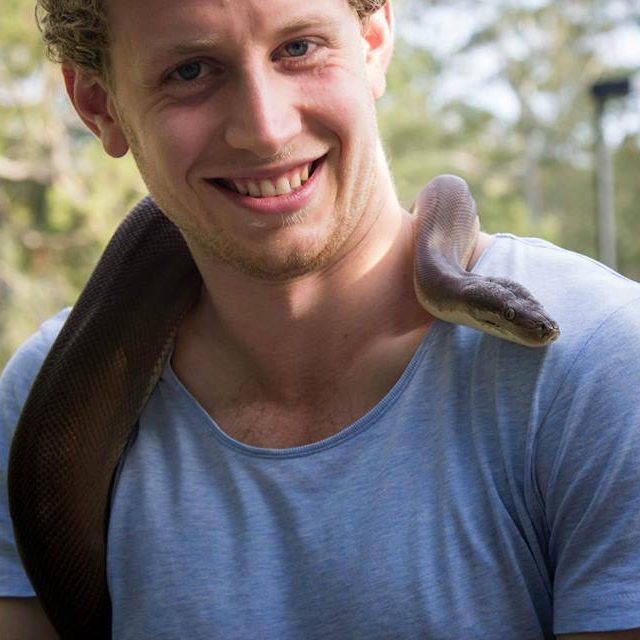The reptile hobby in Australia continues to grow in leaps and bounds and its no surprise with the vast array of amazing native species available to us. Reptiles can make excellent pets and the increased knowledge and access to professional equipment and resources has made keeping a reptile as a pet much more simple. Still, for a first time reptile keeper knowing where to start can be a daunting process.
Which species is best for me? Where should I source it from? What enclosure do I need? What temperatures and lighting will this reptile require? Do I need a licence? These are all important questions and detailed research should always be carried out before deciding to commit to caring for a new pet. Many reptiles have long lifespans and very specific husbandry requirements, so make sure that your first choice is a good choice.

Legal Obligation
All native reptiles are protected by law in Australia so you will need to find out what kind of licence is required to keep a reptile in your state or territory, or if a licence is required at all. Each state has its own reptile licencing system and the list of species available to keepers also differs significantly. Information regarding what licence is required in your state including the cost and application process is available online.
Research, research, research
With such a wide variety of reptiles available to keepers, research about your chosen species is crucial. There are many good reptile books and publications available and these are a great place to source reliable and detailed information. Speaking to experienced reptile keepers is also an excellent way to learn directly from people with hands-on experience.
Sourcing a pet reptile
Many species of lizard are successfully bred in large numbers in captivity and are readily available to keepers. Sourcing an ethically bred, healthy reptile is an important step in the early stages of your reptile keeping experience.
For the beginner, a reputable and responsible reptile specialty store is a great starting point. A professional reptile retailer, with knowledgeable and experienced staff, can assist you in every stage of the reptile-keeping journey including providing you with a healthy and well-established hatchling and all the equipment necessary to care for it. Reptile stores should provide you with a ‘Health Guarantee’ for your new pet and their staff are generally more than happy to assist you with information and advice long after the reptile has left their care.
Many reptile societies hold annual ‘Reptile Expos’ where live animals, reptile products and reptile food is available for sale on a particular day. Expo’s are a great place to meet other reptile lovers and see the vast array of species available to hobbyists. Expo’s are often extremely busy, crowded, frantic places and therefore are not usually a good environment for a beginner to purchase their first reptile pet, but the ideal opportunity to see what species are available.
What to look for when selecting a new pet reptile
There are a few key things to be aware of when it comes to selecting a pet reptile.
The age of the animal is important as many new hatchlings are very delicate and in some cases can be fussy eaters. It is always advisable to purchase an animal that is an established feeder. When purchasing lizards, they should generally be between six and eight weeks of age as a minimum. This period of time ensures that the animal is eating well and is of a more robust size to cope with the stress of transport and being relocated to a new enclosure. Hatchling pythons should always come with a complete feeding history with every feed since its hatch date recorded. Some hatchling pythons can be difficult to start on food and you do not want to inherit a fussy eater as your first snake.
A quick physical assessment of a potential new pet reptile can also help determine its state of health. A few things to look for include:
- A hatchling should be alert and active.
- The animal’s skin should be firm with no wrinkles that could suggest dehydration.
- Ensure there are no kinks, lumps, or deformities along the body or limbs of the animal.
- A white dust-like powder or flakes on the animal’s body could indicate the presence of mites.
- A snake’s tongue should also be flicking in and out of their mouth frequently and have a clear fork at the end of it.



Best reptiles for beginners
Lizards as Pets
Keeping a lizard as a pet can be a rewarding experience. Lizards are fascinating creatures that offer a unique glimpse into the world of reptiles, providing educational opportunities for children and adults alike.
Central Bearded Dragon, Pogona vitticeps – The central bearded dragon is one of the most widely kept reptiles worldwide. They are charismatic and come in a variety of colours. Being highly interactive they make the perfect first reptile pet for children and adults alike.
Eastern Blue-tongue Lizard, Tiliqua scincoides – Blue-tongue lizards are a common, readily available pet reptile that are perfect for beginners. They are placid, easy to handle and will eat almost anything.
Pythons as Pets
Antaresia Genus – The Antaresia Genus comprises some of the smallest pythons in the world. The spotted python (Antaresia maculosa) and children’s python (Antaresia childreni) are arguably two of the best snakes for new reptile keepers to begin with. Due to their small size and docile temperaments these animals are easy to handle and do not require very large enclosures.
Centralian Carpet Python, Morelia bredli – A gentle member of the carpet python family, centralian carpet pythons or ‘Bredli’ make an ideal first snake. Growing to two metres or more they may not appeal to everyone due to their large size, but they are generally very docile and great to handle.
Turtles as Pets
Many people fall in love with the cute appearance of hatchling turtles, however, turtles require more work than other reptiles and are very long lived. They can make a good first pet reptile but careful consideration must be made before committing to a turtle.
Article written by Ben Dessen

